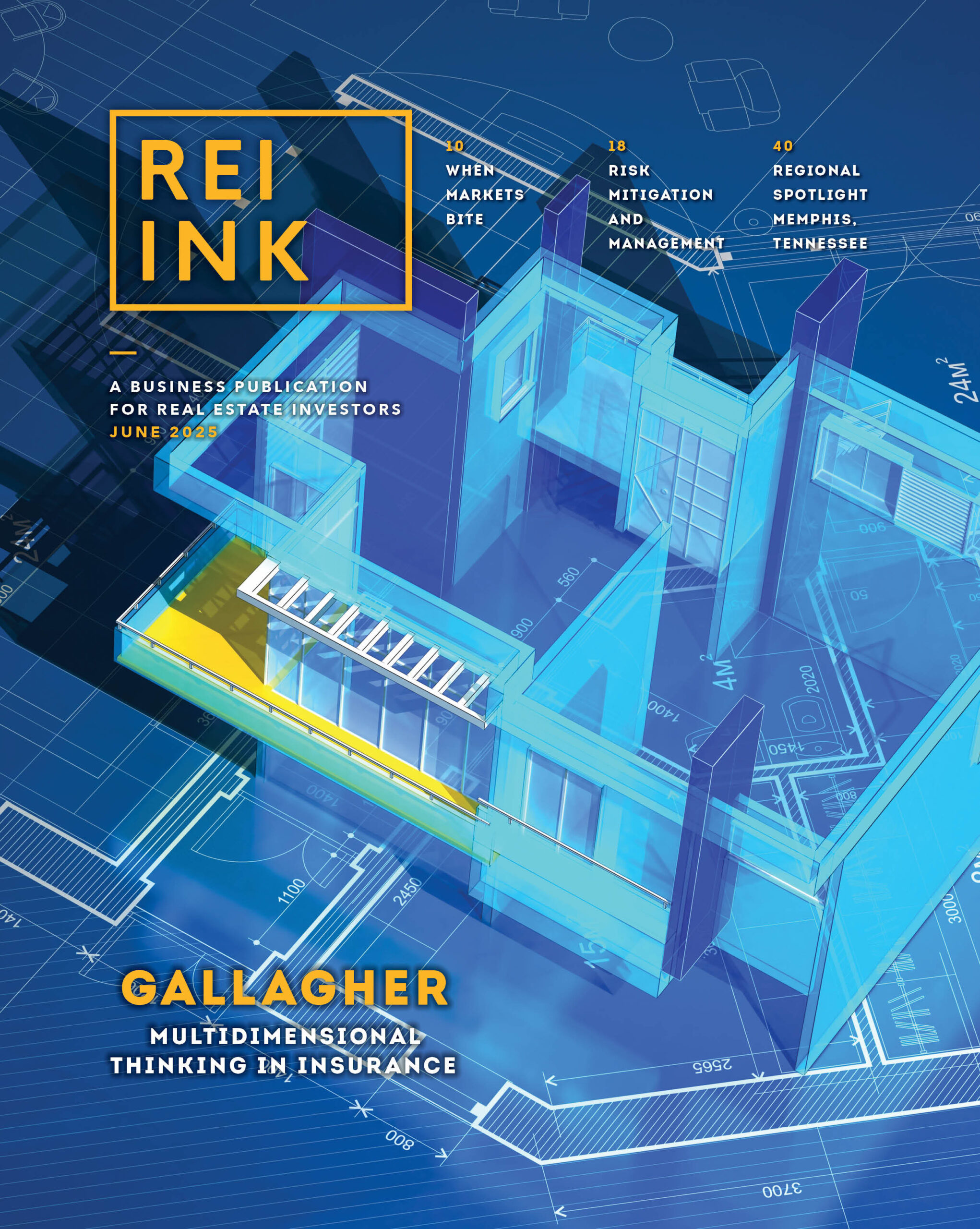Shedding Light on Reality
By David Howard
In recent years, the explosive growth of the single-family rental home market has attracted widespread attention from the public, the media, and policymakers alike.
Landlords have rented out single-family homes for generations. But the recent professionalization of the industry has transformed the market. For decades, the overwhelming majority of rental homes were owned by landlords who hold a single property. While that’s still the case today, over the past decade or so, companies have emerged that own and operate portfolios of single-family rental homes.
These companies have demonstrated that by owning a portfolio of homes, they can provide higher-quality customer and property management services that lead to an enhanced housing experience for all residents.
The National Rental Home Council (NRHC) — the nonprofit trade association representing the single-family rental home industry — seeks to educate the public about the economic value and benefits of this dynamic industry. This fact sheet dispels some myths and sheds light on the reality of the market.
MYTH #1: THE SFR INDUSTRY IS A PRODUCT OF THE GREAT RECESSION
Reality // The SFR industry has been around for decades. In fact, there were more single-family rental homes, as a percentage of total rental housing stock, in 1999 near the height of the dot-com boom than in 2009, during the depths of the recession.
It’s certainly true that SFR companies were active buyers of properties during the recession. But their presence brought much needed capital and liquidity to markets undergoing upheaval from bank-directed foreclosures, according to a report by the Federal Reserve Bank of Philadelphia.
SFR companies also contributed to a recovery in home values without a significant impact on rental rates or eviction rates, and they supported local labor market conditions by increasing rates of employment in construction and home renovation businesses.
MYTH #2: WALL STREET CONTROLS THE SFR INDUSTRY
Reality // “Mom-and-pop” investors own 99% of single-family rentals. Institutional investors — including public sector pension funds, private equity firms, and other entities — own just 1%. Almost 90% of SFR investors own fewer than ten units.
By contrast, institutional investors own 55% of multifamily rental units.
Institutional investors occasionally hold investment positions in SFR companies, just as they do in other major sectors of the economy. The fact that they are drawn, in part, to the single-family rental home industry is a testament to the strength, vibrancy, and legitimacy of the market.
MYTH #3: AMERICANS RENT BECAUSE THEY CAN’T AFFORD TO BUY
Reality // More and more Americans are renting single-family homes by choice — and it’s easy to see why. SFRs offer families access to newly-renovated homes complete with a range of amenities, including good schools, parks and open spaces, shopping venues, and entertainment destinations.
SFRs especially appeal to millennials, who are often focused on paying down student debt and do not want the commitment of buying a house. The median SFR costs just $1,600 a month. By comparison, the median down payment was $15,500 in 2018. SFRs cost less than apartments per square foot.
The SFR industry also serves aging Americans hoping to downsize and move closer to their children and grandchildren without incurring the full costs of homeownership.
MYTH #4: SFR LANDLORDS OFTEN SPIKE RENTS, PRICING FAMILIES OUT OF THEIR NEIGHBORHOODS
Reality // SFR landlords, just like multifamily landlords, set rents based on market dynamics. If they overprice their units, tenants will simply go elsewhere.
SFR landlords frequently perform extensive rehabs that make properties more attractive, which benefits tenants, nearby homeowners, and entire local communities.
SFR companies have cumulatively poured $4.4 billion into home rehabs — an average of about $21,000 per house. These investments have supported more than 50,000 jobs and generated more than $300 million in local taxes and revenue.
For additional information and resources, please visit NRHC online at www.rentalhomecouncil.org.


















